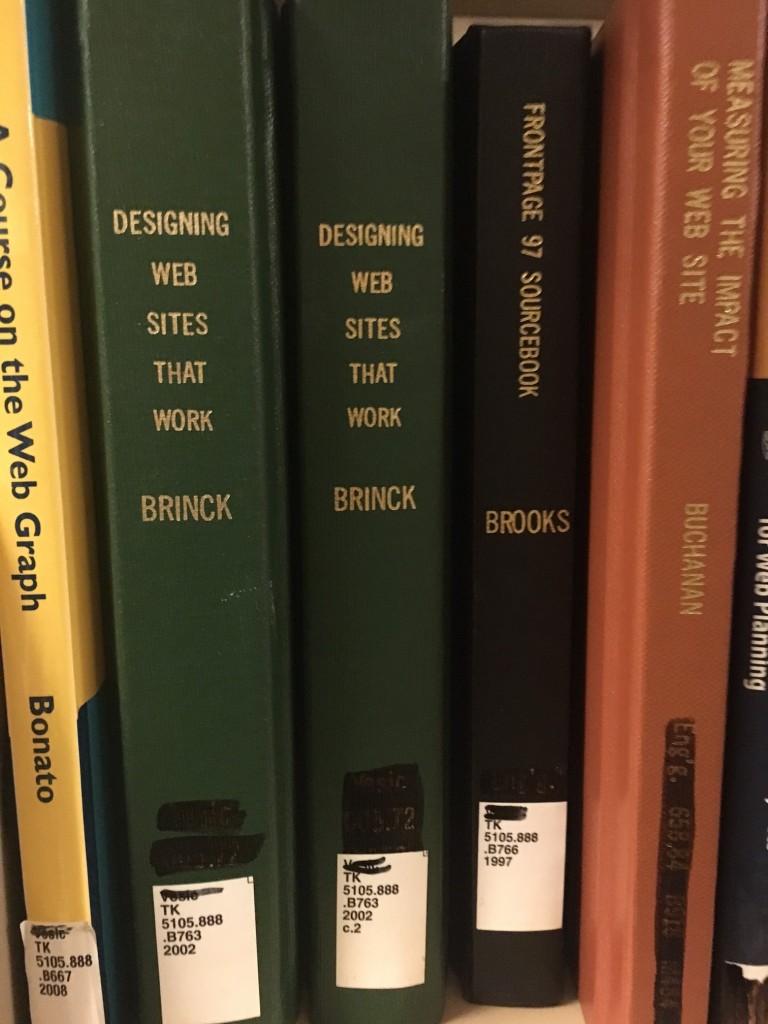Content production is deep underway here at the SNCC Digital Gateway, a continuation of the collaboration between Duke University, the SNCC Legacy Project, and Movement scholars that created the One Person, One Vote website. Our project room is piled high with books about the Movement, our walls covered with information about source documents and citation, and our workshop sessions are rich in conversation about who SNCC was, what SNCC did, and what SNCC’s legacy is today.
Over the past few months, the project has been working to lay the digital groundwork for the website. Before beginning the conversation with design contractors about the vision for the SNCC Digital Gateway, we first had to explore some of the challenges of working with a digital platform ourselves.

Unlike a book, there is no straight-forward beginning, middle, and end to a website, and there are limits on the amount of text that we can put on a page. So, how do we present this material in a way that keeps the user engaged? How can we have multiple access points to this content while still keeping it grounded in the larger narrative? How will the users want to approach this material, and how do we hope to steer them?
Rather than following a linear exploration of this history, the SNCC Digital Gateway emphasizes the layering of ideas, people, and places. It recognizes the importance of chronology for contextual understanding but is not driven by it. It emphasizes the need to document not only the stories of those involved in the Movement, but also how they organized, the local landscape of where they organized, and the kinds of conversations they were having. It hopes to tie the narrative of SNCC and other Movement veterans to today’s struggles, exploring history to not only understand the roots of systemic oppression but to provide tools for organizing today.

We asked ourselves, how do you start to organize all of this information? Well, why not pick up an Expo marker and start drawing on the walls (if you’re in The Edge, of course)? This is, at least, what SNCC Digital Gateway team did this past spring.
Wireframe after wireframe, we began to piece together an information architecture for the site content. With a projected scope of hundreds of discrete pages, each with written content, embedded primary source documents, and audio/visual material, it was clear that this would have to be carefully planned so that the user wouldn’t get lost or overwhelmed.
We want users to be able to engage with the site differently each time they visit – following thematic threads through SNCC’s history, understanding the political landscape before SNCC came to the scene, delving into defining moments that spurred ideological shifts in the organization, seeing what the complexity of this narrative and these relationships meant to different people. And we want to do so in a way that even a 5th grader can understand.

Armed with book upon book about site design and navigation, we’ve tried to find a way to break with the typical hierarchical site structure and find one that was more suited to the fluidity of our content’s dimensions. We settled on having two main entry points into the content: chronological and thematic. We will continue to produce profiles that are tied to different geographic areas and have a section that explore SNCC’s internal and external network and relationships. But these will be connected to the thematic/chronological core of the site, so that the user can easily navigate between all different categories and types of content.
Without going into the nitty gritty, we’ve pulled together the skeleton for our site (just in time for Halloween) and have begun to flesh out this conversation with a design contractor. Not only is it important for us to think about how to tell the story of SNCC, it’s important for us to think about how to present it.


